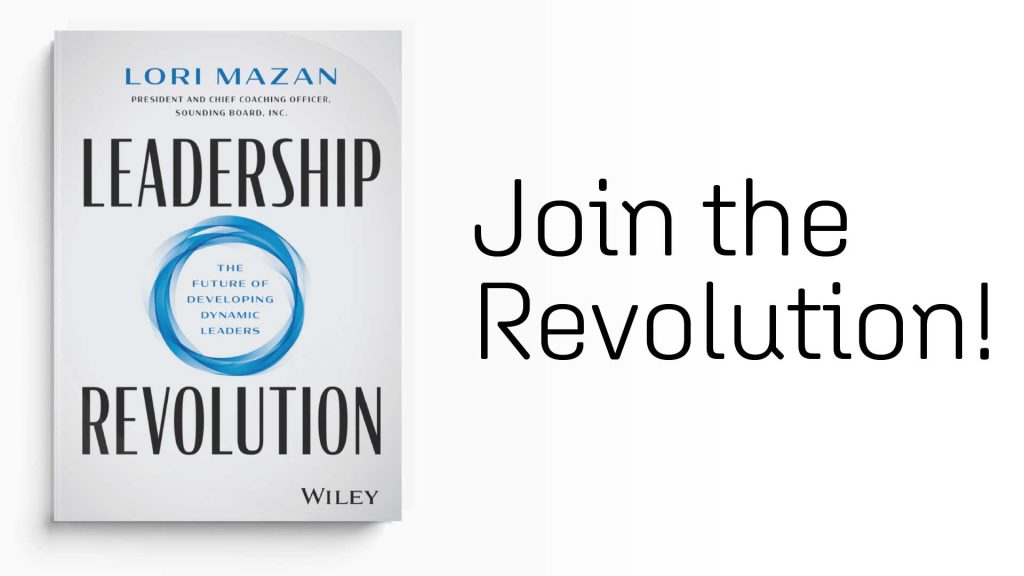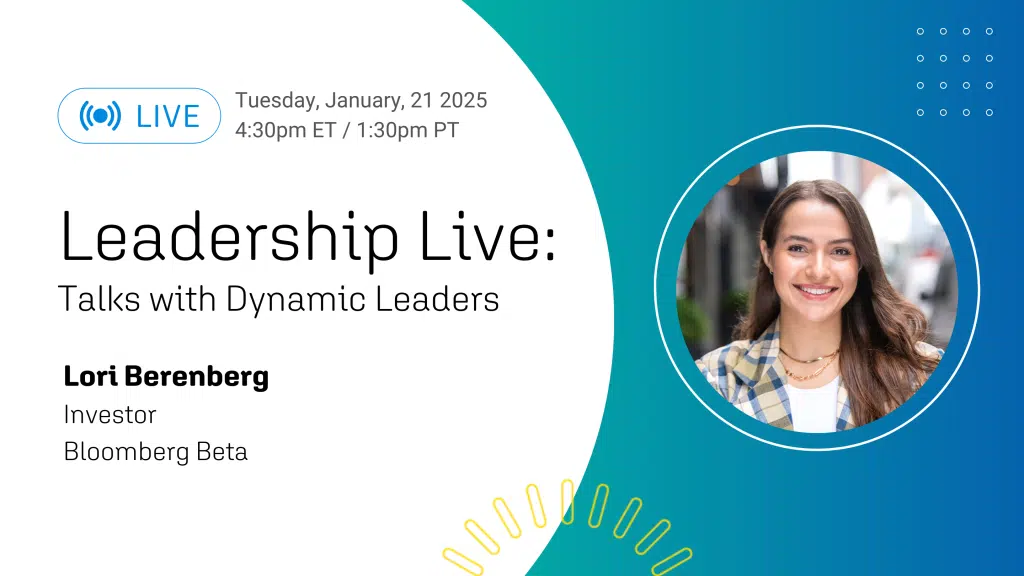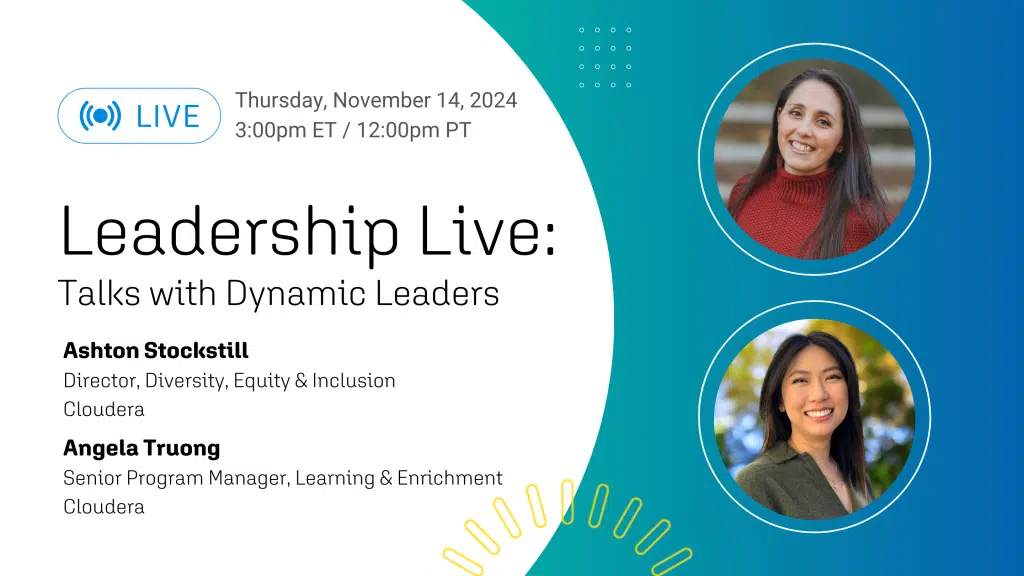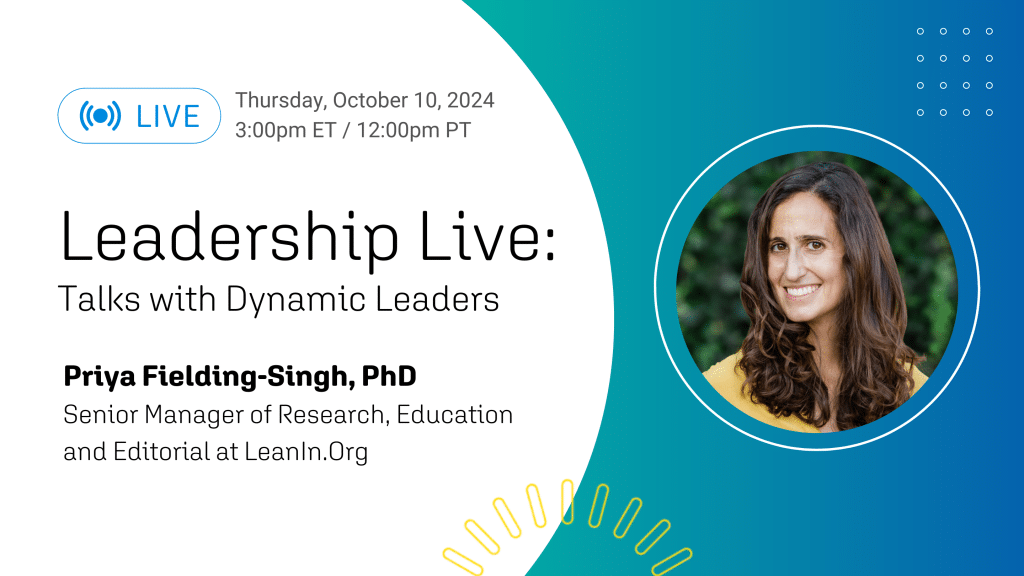Christine Tao sat down with Learning and Development Leader Jennifer Zimmerman for #LeadershipLive.
Jennifer is dedicated to fostering growth, engagement, and innovation across organizations. With over a decade of experience designing and scaling high-impact learning programs, Jennifer has supported employees, managers, and senior leaders in achieving their full potential.
She has spearheaded initiatives like high-potential leadership development programs, new manager training, and DiSC workshops, consistently earning high employee satisfaction scores. Jennifer’s expertise spans learning strategy, coaching, facilitation, and leveraging technology to create scalable solutions that drive performance and culture.
Below are highlights from their conversation:
Keeping Learning Fun and Practical
“Number one — learning should be fun,” says Jennifer. Learning needs to actively engage participants to be effective, and ensuring that L&D programs are fun is a great way to make them engaging. Jennifer also believes learning should be practical and accessible so that participants can apply their learning to their day-to-day immediately.
Demonstrating examples that are specific to each cohort helps create greater understanding. Programs that lean in on peer-to-peer learning and building relationships help keep participants engaged as well help ensure learning is practical.
Practicality should also apply to the organization. Context matters and aligning training and learning to your company helps ensure that it is relevant and aligned with your business objectives.
Design Principles for Successful Programs
Jennifer provided examples from her career of L&D programs she helped to spearhead and the design principles that led to their success.
At Bank of America, Jennifer helped to design an L&D program focused on sales associates. The program aimed to build confidence while ensuring that sales understood the products they were selling and how to match the clients with the right products. Learning included a mix of tactics including written assessments and role-playing.
More recently, at Bill.com, Jennifer’s focus was on leadership development. Partnering with Sounding Board, Bill.com’s program provided leadership coaching to different cohorts, while tasking those cohorts with projects directly tied to business objectives. Leaders also participated in LinkedIn Learning and other avenues for horizontal development.
In each program, learning was directly linked to the business’s strategy and goals. Additionally, both programs included a mix of vertical and horizontal development, as well as modes of learning to keep participants engaged. Furthermore, both programs tracked and measured learning as well as impact and outcomes.
4 Key Takeaways
Identify True Business Needs
Jennifer advises learning leaders to begin by asking, “What does the business need?” and then work backward to determine what learning is needed. Speak with stakeholders, including those who would participate and manage participants.
Keep It Simple and Practical
Begin small with pilot programs and be willing to change or reiterate programs as needed. Gather feedback throughout the program duration to see where improvement is needed.
Make Learning Easy to Consume
Build learning and base tactics on how your target cohort works now. Ask how much bandwidth this cohort has to learn and how you can better incorporate learning into their schedule easier.
Measure Impact
For leadership development, Jennifer recommends using multiple data points to measure impact. Surveys, promotion and retention rates, and engagement scores can help reveal insights into the impact of your program.








